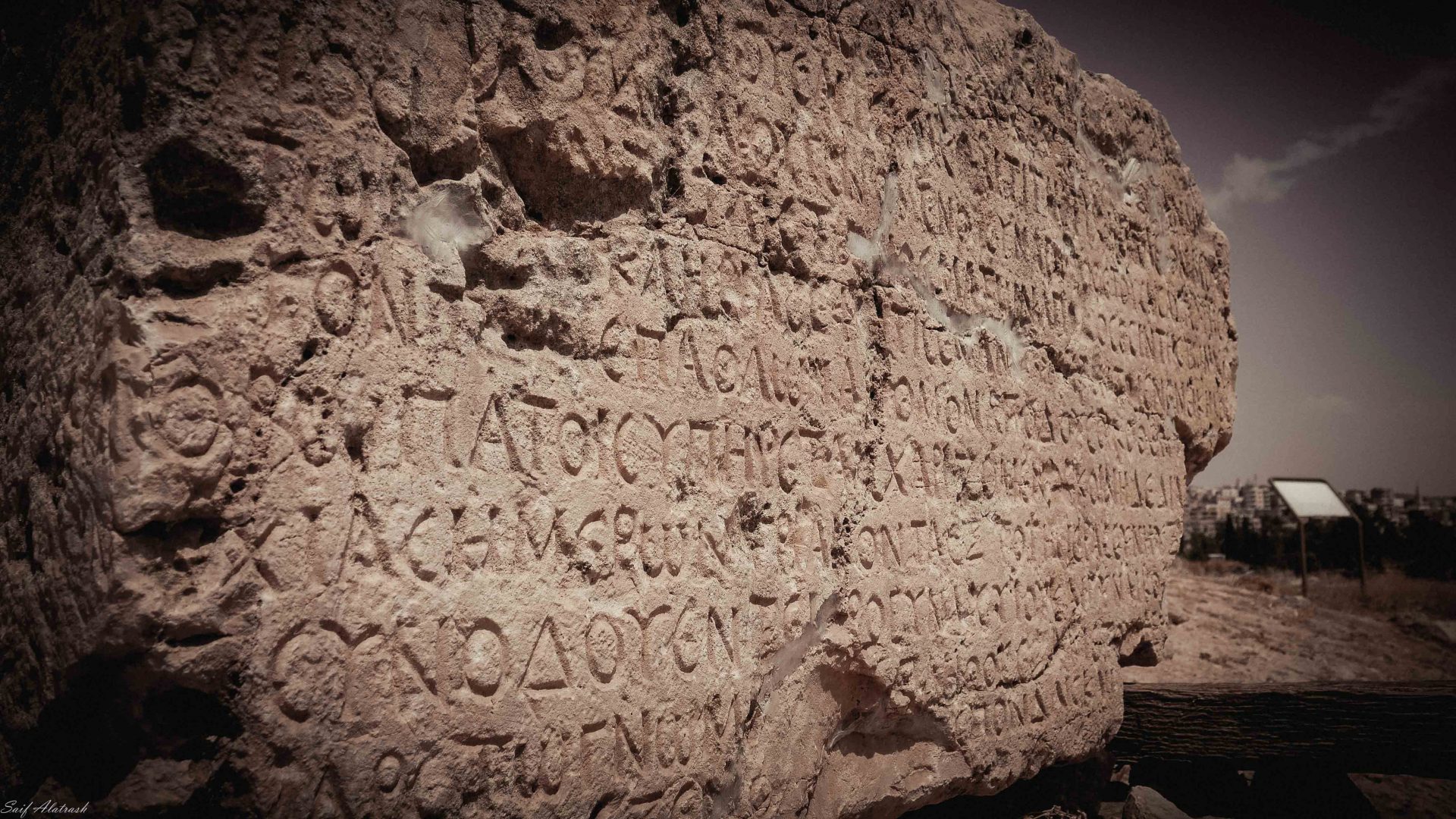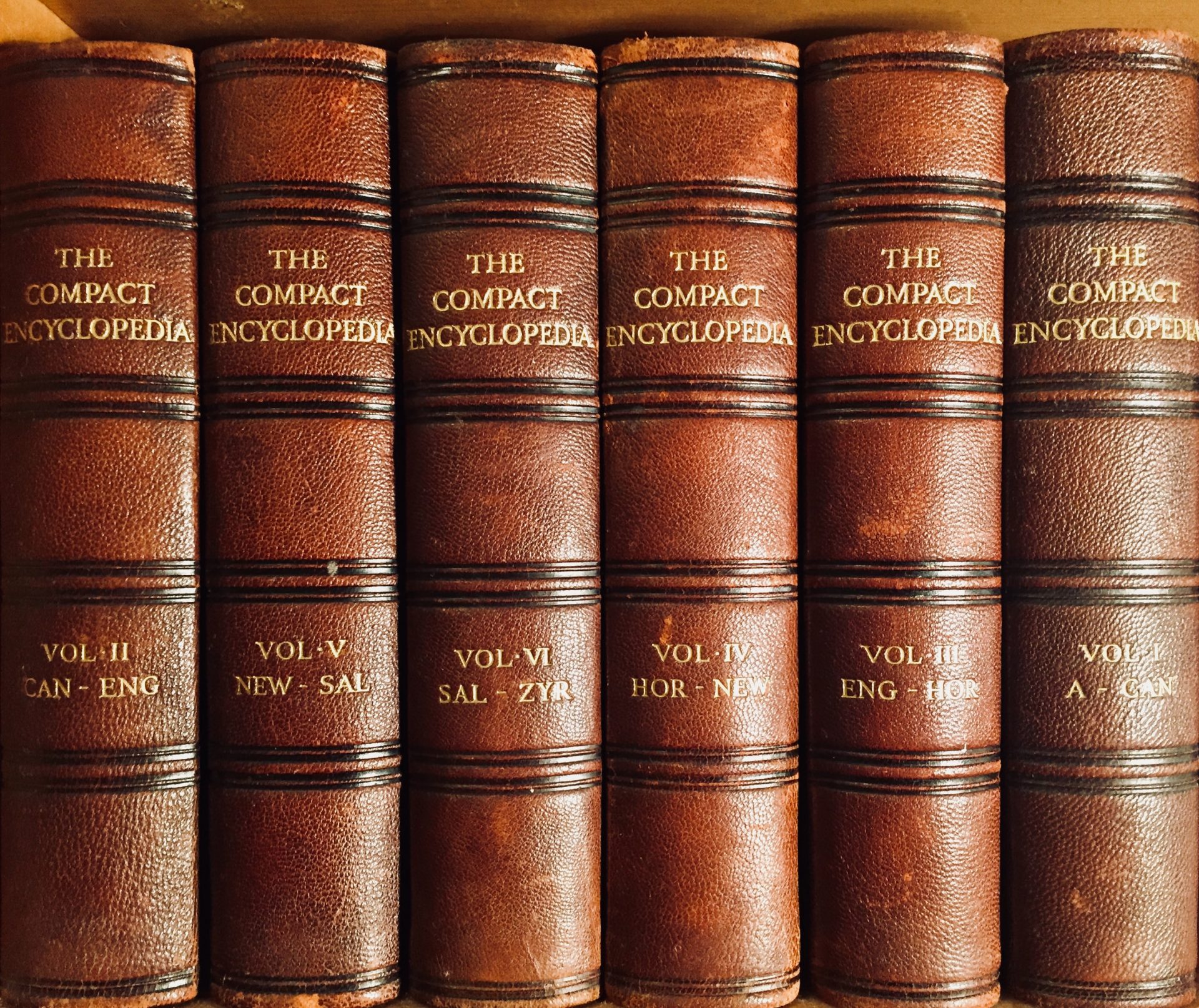Primary Sources & Texts (Online & In Print)
- Ancient Greek laws: a sourcebook. By I. Arnaoutoglou. London: Routledge.
Classmark : KE 40 - Attic Inscriptions Online
Browsing by source type will lead you to many legal inscriptions - Roman Statutes . M.H. Crawford. London: Institute for Classical Studies, 1996. 2 vols.
Classmark : KJA 195 CRA V.2 (print only)
This authoritative work collects and discusses Roman statutory laws (leges), including the Twelve Tables. Despite increasing criticism, this collection is a must consult. - Roman Law Library
Handy and searchable collection of primary Roman law texts in Latin and in translation (English, French). It covers the major “genres” of legal writing: statutes (leges ), senatorial decrees, imperial laws (constitutiones principis ), jurisprudence (responsa prudentium ), private contracts, but not the praetorian edict (see: Edictum Perpetuum). A selection of text is offered in English (Lingua Anglica ) and French (Lingua Francogallica ). Note that many of these translations are based on outdated editions of the source texts, so do check for more recent translations. - Gaius’ Institutes
The Institutes of Gaius (2nd century CE) is the major ancient Roman legal handbook surviving independently. This is the popular but outdated translation by Poste (1904) , which misses the parts of the text that were discovered later. Up-to-date translations are DeZulueta and Gordon & Robinson (both print only). A reliable Latin edition is Seckel and Kuebler (Teubner, 1938), based on the Verona manuscript and the papyri. Earlier editions should be avoided as they do not use the papyri. - Palingenesia Iuris Civilis, ed. Otto Lenel (1889)
The Roman jurists mostly survive in thematically ordered excerpts in Justinian’s Digest. Otto Lenel disassembled the Digest and, using further sources as well, put the original works together as much as possible. Ordered alphabetically by jurist. Latin only.
volume 1 and volume 2 - Greek Constitutions of Early Roman Emperors from Inscriptions and Papyri . J . H. Oliver. Philadelphia: American Philosophical Society
A collection of laws issued by Roman emperors until the year 265 written in Greek; provided with translation and notes. - Theodosian Code, post-Theodosian Novellae , and Sirmondian Constitutions [ENGLISH] . Translated with commentary, glossary, and bibliography by Clyde Pharr, in collaboration with Theresa Sherrer Davidson and Mary Brown Pharr; introduction by C. Dickerman Williams. Princeton: Princeton University Press, 1952.
English translation of the Theodosian Code and several additions, including the Visigothic notes on the laws known as interpretationes . Based on the Latin edition of Mommsen and Meyer. This translation is an extremely helpful resource for reading and understanding this very challenging source, and is recommended even if your Latin is strong. The library also holds several print copies. - Theodosian Code, Sirmondian Constitutions, and post-Theodosian Novellae [LATIN]
The only reliable edition of the Latin text, by Th. Mommsen and P. Meyer (with the assistance of P. Krueger, 1904-1905). The Prolegomena (written in Latin) are an extensive and impressive study of the Code’s original form and textual survival (including the reconstruction of the first five books). The library also holds a print copy. Note: other editions are completely outdated and should not be used.
volume 1.1 (Mommsen’s Prolegomena to the Theodosian Code)
volume 1.2 (Theodosian Code, Sirmondian Constitutions)
volume 2 (Meyer’s Prolegomena, Novellae ) - Justinian’s codification / the Corpus Juris Civilis [ENGLISH]
The so-called Corpus Juris Civils consists of three parts: the Institutes of Justinian (a legal textbook for students based on Gaius’ Institutes), the Digest (an anthology of legal opinions from the early Empire, having the force of law), and the Code of Justinian (imperial legal decisions or rescripts). A fourth Justinianic collection are the Novellae of Justinian (laws of Justinian issued after the compilation of the Code). It is crucial to keep in mind that both Digest and Code are channelling earlier imperial law (often centuries earlier) but that selection, extraction, and editing have taken place. In consulting Justinian’s corpus in translation, it is essential to use one that is based on the editions of Krueger and Mommsen. - Institutes: The Institutes of Justinian (translation of J.B. Moyle, 1913).
The translation by S.P. Scott (1932) should be avoided as it based on the Latin edition ofGothofredus (Godefroy) of 1663, which has a garbled text. - Digest: Digest of Justinian. Philadelphia: University of Pennsylvania, 1998. 2 vols. Rev. English translation edited by Alan Watson.
The translation by S.P. Scott (1932) should be avoided as it based on the Latin edition of Gothofredus (Godefroy) of 1663, which has an inaccurate text. - Code of Justinian: Annotated Justinian Code.
English translation of the Codex and Novels by Fred H. Blume, an attorney and Wyoming Supreme Court Justice, based on Krueger’s edition. Completed in 1952. This translation also contains extensive headnotes for each chapter of the Code, discussing its legal and historical significance. This translation served as the basis for The Codex of Justinian: a new annotated translation, ed. by BruceFrier (print only).The translation by S.P. Scott (1932) should be avoided as it based on the Latin edition of Gothofredus (Godefroy) of 1663, which has an inaccurate text. - Novellae: Annotated Justianian Code and Novels
This is Blume’s translation. This served as the basis forThe Novels of Justinian: a complete annotated English translation, transl. by David Miller and ed. by Peter Sarris (print only). - Justinian’s codifications / the Corpus Juris Civilis [LATIN]
The only reliable editions of the Latin texts, by P. Krueger, Th. Mommsen, and R.Schoell (1888-1895). The text of the Institutes has survived quite well, but the transmission of the Digest and Code is very complex. Mommsen’s Digest and Krueger’s Code are the accepted standard editions.
v.1 (1889) Institutiones / Digesta (fifth printing)
v.2 (1888) Code (Krueger)
v.3 (1895) Novellae (Schoell and Kroll) - Alaric’s Breviary / the Lex Romana Visigothorum [LATIN]
A codification of Roman law made by the Visigothic king Alaric II, issued in 506 CE (so technically before Justinian). This collection is crucial for our knowledge and understanding of the Theodosian Code, especially the lost parts. This legal collection is seriously understudied. The last edition was made in 1849 by Gustav Haenel, an impressive piece of work but textually unreliable. No translation exists. - Smaller Roman-Germanic law codes / the so-called Barbarian Codes [LATIN]
A considerable number of smaller codifications survive that were made by kingdoms that established themselves as successors to the Romans in Western Europe. Apart from Alaric’s Breviary, the earlier ones include the Code of Euric, the Roman Law of the Burgundians (Lex Romana Burgundionum), and the Edict of Theoderic. For an overview of these codifications, see the Bibliotheca Legum. Most of these texts have been edited in the series Monumenta Germaniae Historiae (MGH).There are usually no translations. - A Sourcebook on Byzantine Law. Illustrating Byzantine Law through the Sources. By D. Penna and R. Meijering. Leiden: Brill
- The Basilica and its scholia [GREEK]
Translation and adaptation of Justinian’s codifications made in the Byzantine Empire in the later 9th century.Basilika stands for “Laws of the kings / emperors”. The text is complex but interesting for legal, linguistic, and philological reasons. Particularly fascinating are the enormous amounts of scholia (learned notes on the text), which are often based on the notes of law professors from the time of Justinian (known asantecessores) and sometimes even law professors who were active before Justinian and who taught on imperial laws that would later be collected by Justinian’s team. There are no translations in modern languages.
The only modern, reliable edition of the Basilica and the scholia is that of H.J. Scheltema and collaborators (1945-1988), accessible through the Thesaurus Linguae Graecae (TLG).Heimbach’s old edition (Basilicorum Libri LX, Leipzig 1833-1870 ) is still useful as it contains most of the text, scholia, and is accompanied by a Latin translation.
Many of the Latin texts are also accessible through Brepols’ Library of Latin Texts
Further Resources & Handbooks
Online
- Cambridge Companion to Ancient Greek Law. M. Gagarin, D. Cohen (eds.). Cambridge
- Oxford Handbook of Ancient Greek Law. E. Harris, M. Canevaro (eds.). Oxford
- Encyclopedic Dictionary of Roman Law. Berger, A. Union, NJ: Lawbook Exchange, 2002.
Offers a guide to the technical terminology of Roman law. You must log-in to JSTOR using your Kent credentials. Alternatively, you can read the book for free through Google Books. - Law and legal practice in Egypt from Alexander to the Arab conquest: a selection of papyrological sources in translation, with introductions and commentary. J. Keenan, J. Manning, and U. Yiftach-Firanko (eds.). Cambridge
- Law in the Roman Provinces. K. Czajkowski , B. Eckhardt, M. Strothmann (eds.). Oxford
- Oxford Handbook of Roman Law and Society. P. du Plessis, C. Ando, K. Tuori (eds.). Oxfor d
- papyri.info
Database of documentary and literary papyri, including legal documents. - Roman Law Resources
“… provides information on Roman law sources and literature, the teaching of Roman law, and the persons who study Roman law.” - Bibliotheca Legum (University of Cologne)
Provides a gateway to studying the textual survival and influence of Roman Law in Western Europe from the collapse of the Roman Empire until the Carolingian Age. Organised around legal collections and manuscripts, including links to digital reproductions. Provides key bibliographies for each collection and for each manuscript.
In Print
- Borkowski’s Textbook of Roman Law. Du Plessis, P. Oxford University Press. KD
The go-to textbook to find out more about Roman law and legal doctrine, with good attention for the sources. - Corpus iuris civilis. Krueger, P, and Th. Mommsen, eds. Berlin: Weidmann, 1954. 3 vols.
Classmark: KD 150 V.3
Edition of the largest pre-modern law collection. See above for electronic copies of an earlier printing. - Digest of Justinian. Philadelphia: University of Pennsylvania Press, 1985. 4 vols. Latin text edited by Theodor Mommsen. English translation edited by Alan Watson.
Classmark : KJA 1112.2 COR
Bilingual edition of the Digest, with Latin and English on facing pages. N.B. The translation contains a number of errors; some of which have been corrected in the revised edition (above). - The Institutes of Gaius. Gordon, W. M. and O. F. Robinson (translators). The Institutes of Gaius. London: Duckworth, 1988.
- Fontes iuris Romani antejustiniani. Riccobono , S., Baviera , J. [et al.], eds. Florence: Barbera, 1940-43. 3 vols. 2nd rev. and expanded edition.
Classmark: KD 120 V.3 (older edition at KD 120)
This collection covers more or less the same ground as the Roman Law Library, though it provides neither translations nor critical texts. - The Theodosian Code and Novels, and the Sirmondian Constitutions. Princeton: Princeton University Press, 1952.
Classmark : LRG KJA 456 PHA
Print version of Pharr’s translation (see above)




